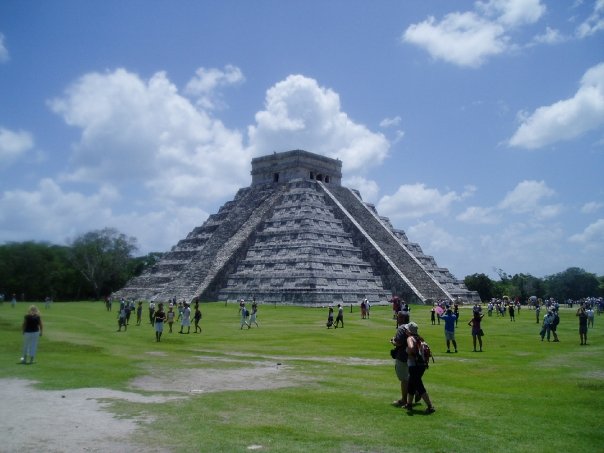When people think about making art, they usually think that the creation process is freeing and full of spontaneity. Sometimes it is, but it’s my experience that there is a huge amount of discipline necessary to be creative. Strangely, the more constraints you have, the more creative you become.
This is most likely due to a strange phenomena called overchoice. Imagine someone telling you to go write a story that will go into an anthology with several other writers. What would you write? Wouldn’t you want to know more about what the other writers are doing? Word count? Genre? Anything? Even if you could find something to do, would you feel comfortable putting it together with an unknown number of writers with unknown stories? Would you even read that anthology? Probably not.
On top of that, creativity is something that is nurtured through consistency. Artists create continuously, whether it’s musicians rehearsing, fine artists creating work, or writers putting words on the page. Or, as Henry Moore said: “The creative habit is like a drug. The particular obsession changes, but the excitement, the thrill of your creation lasts.”
I once had a professor tell me that they didn’t like marching bands because they were too militaristic to be artistic. I disagree. I think the only way to release your creative spark is to embrace your own limitations. I write mystery novels in a fantasy setting that run 90,000 to 100,000 words. I could make them longer, but I choose not to. Each story needs to have a complete ending with an overarching plot across the series. I could follow the more conventional fantasy outline of a long series where there are more and more complicated plots and subplots with a galaxy of characters to follow, but I choose not to.
In order to free your creativity, look at imposing constraints. You never know what you may find.
As always, thanks for reading. See you next Sunday!

